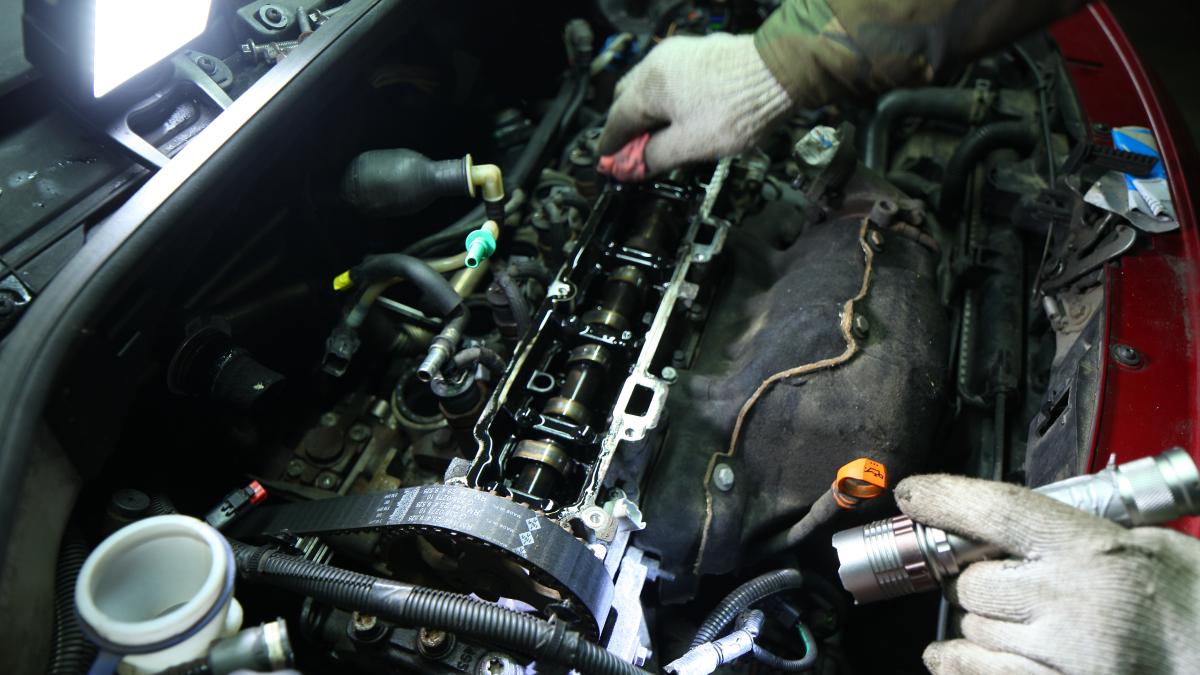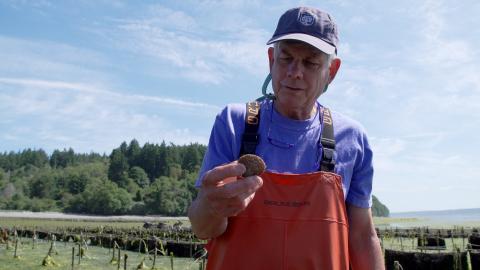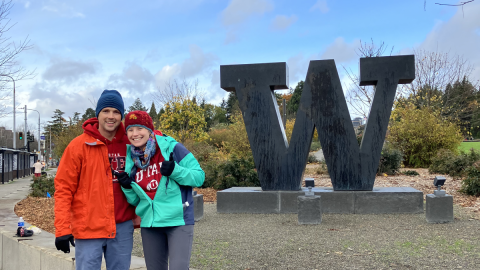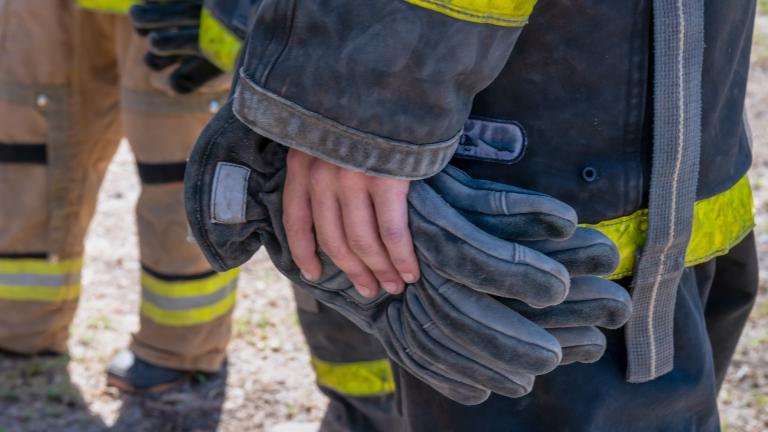.jpg)
Degreasers are a common product in auto body and repair shops, used daily by workers to clean engines and car parts of dirt and grime. However, many commonly used degreasers contain hazardous chemicals such as volatile organic compounds (VOCs) that can harm human health and the environment.
High exposure to VOCs is linked to respiratory irritation, neurological effects, and even increased cancer risk. Recognizing this, the Hazardous Waste Management Program in King County (Haz Waste Program) began working with local businesses in 2021 to promote safer degreaser alternatives that both reduce worker exposure and environmental pollution.
A recent collaboration with researchers at the UW Department of Environmental & Occupational Health Sciences (DEOHS) evaluated the use of degreasers in real-world settings.
A research partnership reaches local auto shop workers
This partnership represents a promising model for how public programs and academic research can work together to protect workers in higher-risk industries, particularly small businesses often overlooked in traditional public health research.
In 2023, a team at UW led by DEOHS Assistant Professor Diana Ceballos launched a study in auto shops across King County. The goal: Determine whether switching to safer degreasers truly reduces worker exposure to harmful VOCs. Over the course of the project, UW researchers collected air, blood, urine and breath samples from workers in auto shops using both traditional degreasers and safer products recommended by the Haz Waste Program’s technical assistance providers.
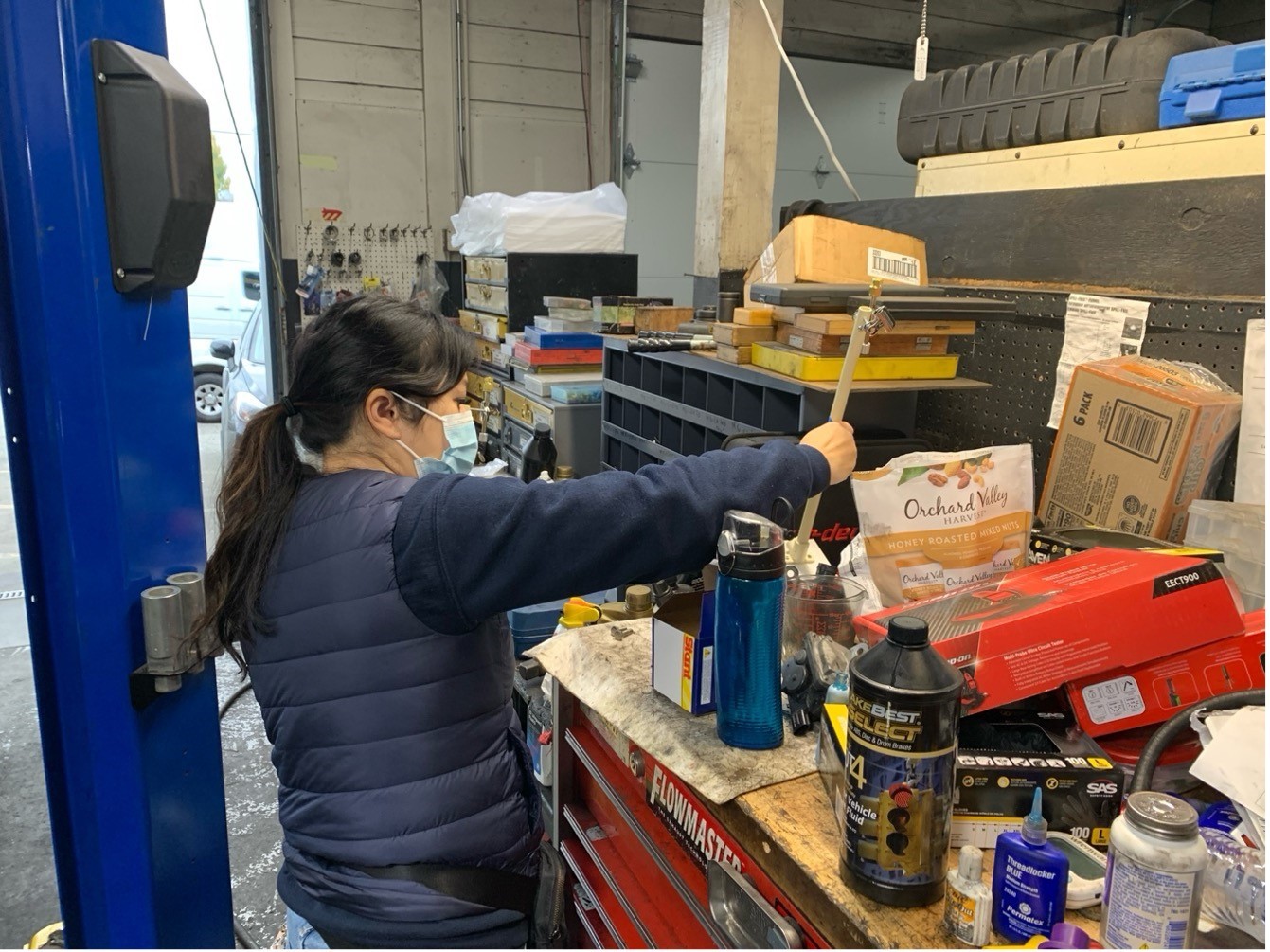
Starting this study depended on partnerships, trust, and community engagement — that’s where the Haz Waste Program came in. The Program's established relationships with local businesses enabled the research team to work with shops that would have been otherwise unreachable.
As DEOHS field research scientist Maria Tchong-French explained, “Without partnering with King County, we would have zero access to the shops. You can try cold calling, but that's not going to work unless you have somebody to help introduce you and vouch for you.”
In addition to connecting researchers with businesses for recruitment to the study, the Haz Waste Program supported graduate research interns from the UW Anna Frauenheim and Molly Sneller, who gathered field samples, helped analyze results and communicated those results back to participants.
The importance of field-based research
Doing field-based research in active workplaces brought important realities to light. “Every shop is different,” Tchong-French noted. “Even if the task is the same, the layout, ventilation, and materials vary. One shop might have its garage doors open all day and have a lot of natural ventilation. Another might keep their doors shut. That changes workers’ exposure levels, even if they're in the same industry.”
Tchong-French described how this community-based fieldwork brought valuable insights that go beyond what can be captured in a lab.
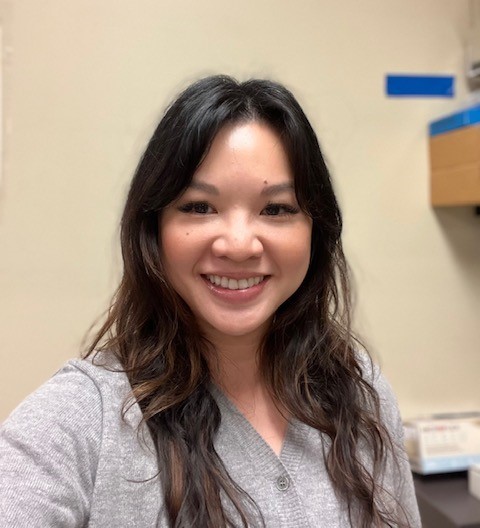
Partnership leads to hazardous waste education and assistance
The Haz Waste Program’s product replacement efforts don’t just hand out safer degreasers. This area of work has staff providing education and technical assistance around safely managing hazardous products, and they offer financial incentives to help local businesses make the switch to safer products.
With findings from UW’s ongoing analysis, the Program is using evidence of safer products' effectiveness to refine outreach strategies and inform future efforts. This combination of data-driven guidance and hands-on support makes a real impact on the ground.
Looking ahead, UW researchers will continue analyzing samples and publish study findings, while the Haz Waste Program uses insights to evolve their services.
This project has also been supported by pilot study grant funds from the UW Interdisciplinary Center on Exposures, Diseases, Genomics & Environment (EDGE Center).
This blog is excerpted from the original, longer article, found on the Haz Waste Program website.
